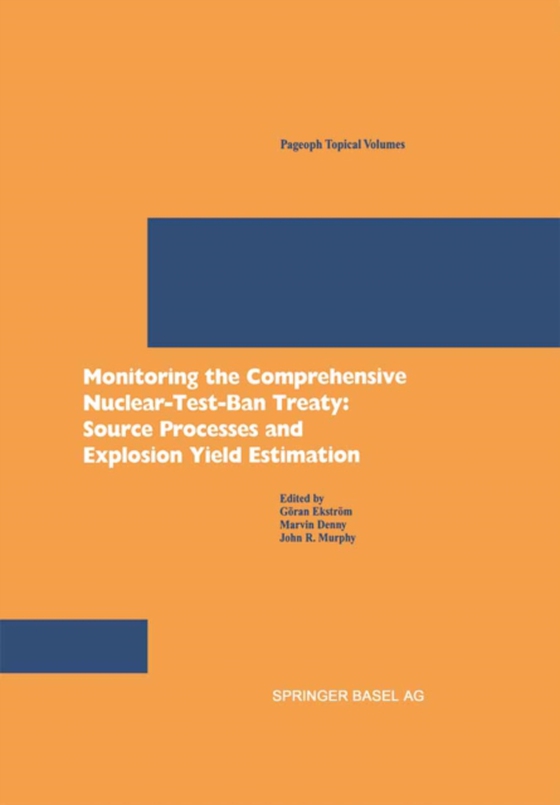
Monitoring the Comprehensive Nuclear-Test-Ban Treaty: Source Processes and Explosion Yield Estimation e-bog
875,33 DKK
(inkl. moms 1094,16 DKK)
Pure appl. geophys., by 161 nations. Entry of the treaty into force, however, is still uncertain since it requires ratification by all 44 nations that have some nuclear capability and, as of 15 June 2001, only 31 of those nations have done so. Although entry of the CTBT into force is still uncertain, seismologists and scientists in related fields, such as radionuclides, have proceeded with new ...
E-bog
875,33 DKK
Forlag
Birkhauser
Udgivet
6 december 2012
Genrer
PHVG
Sprog
English
Format
pdf
Beskyttelse
LCP
ISBN
9783034883108
Pure appl. geophys., by 161 nations. Entry of the treaty into force, however, is still uncertain since it requires ratification by all 44 nations that have some nuclear capability and, as of 15 June 2001, only 31 of those nations have done so. Although entry of the CTBT into force is still uncertain, seismologists and scientists in related fields, such as radionuclides, have proceeded with new research on issues relevant to monitoring compliance with it. Results of much of that research may be used by the International Monitoring System, headquartered in Vienna, and by several national centers and individual institutions, to monitor compliance with the CTBT. New issues associated with CTBT monitoring in the 21st century have presented scientists with many new challenges. They must be able to effectively monitor com- pliance by several countries that have not previously been nuclear powers. Effective monitoring requires that we be able to detect and locate much smaller nuclear events than ever before and to distinguish them from small earthquakes and other types of explosions. We must have those capabilities in regions that are seismically active and geologically complex, and where seismic waves might not propagate efficiently.
 Dansk
Dansk

